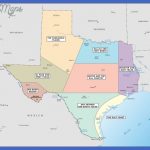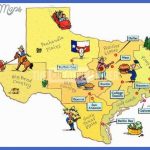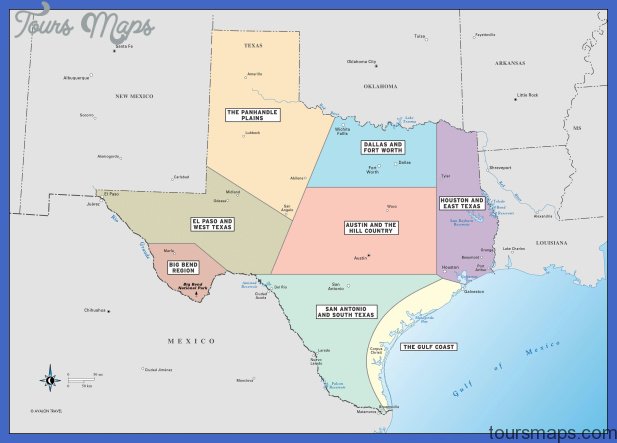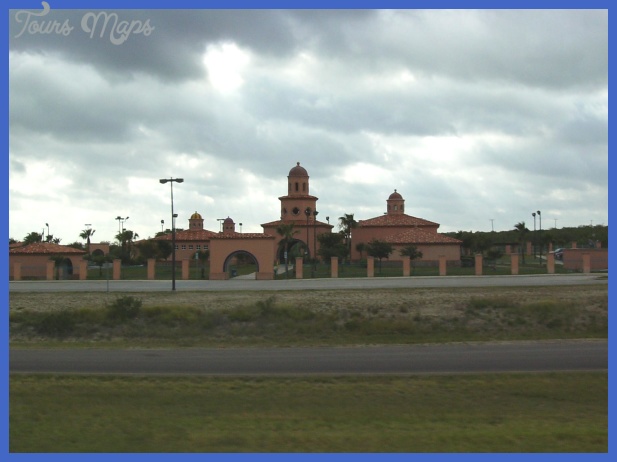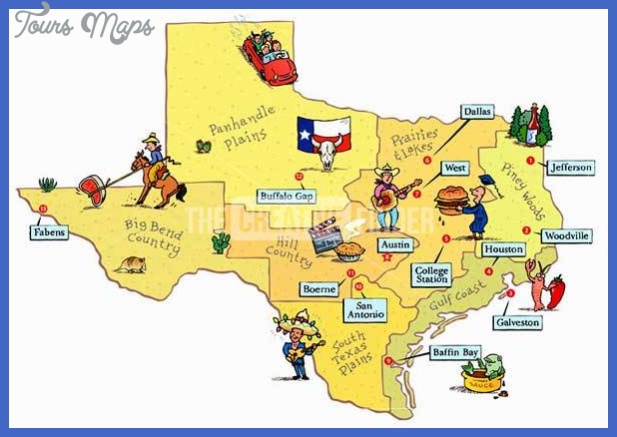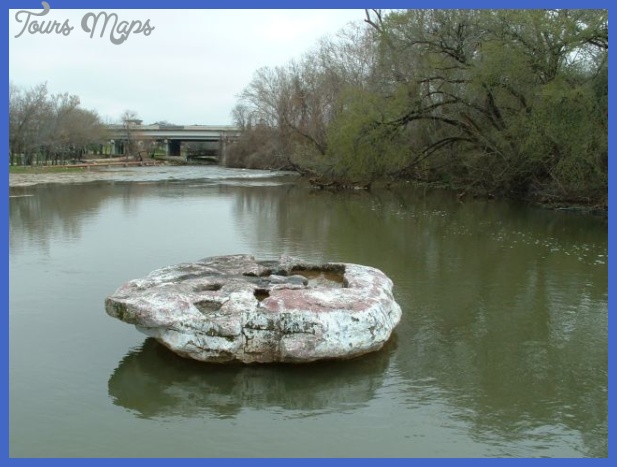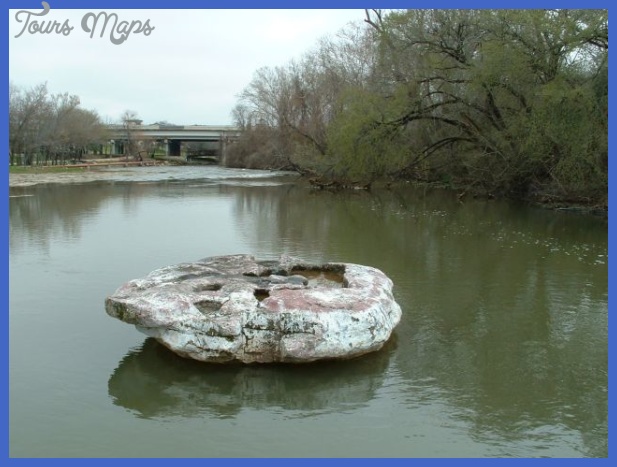Statehood, the Civil War, and the Late Nineteenth Century
Both the Mexican War and statehood complicated the relationship between the United States and Texas. The Treaty of Guadalupe Hidalgo remained silent on the issue of land partitioning, and Texas’s land claims encompassed parts of New Mexico, including Santa Fe an expansionist move much disputed by Nuevomexicanos. In 1850, Santa Fe’s government proclaimed its independence, drawing New Mexico’s border well east of the Rio Grande River. Simultaneously, Congress passed a boundary act and four bills, collectively termed the Compromise of 1850. This series of legislation forced Texas to cede one-third of its land and demarcated the current borders. Texas was given ten million dollars as a recompense for its lost territory.
Locally, economic and racial politics continued to define interactions between the Anglo-American and Mexican American populations. In 1859 large landowner Juan Cortina shot an Anglo city marshal for beating one of Cortina’s former employees in the streets of Brownsville, Texas. In late September, Cortina captured Brownsville and declared the area part of the Republic of the Rio Grande, an autonomous republic unsuccessfully attempted some nineteen years earlier by Mexican federalist Antonio Zapata. Cortina’s success lasted six months, owing to the concentration of Mexican American and Mexican supporters in the area. His forces fended off Texas Rangers and the Mexican Army who, fearing another war with the United States, had joined the attack against the rebel. By 1860, Cortina, driven from Texas, retreated to Mexico, where he later became the Tamaulipas’s governor.
The slavery issue marred Texas’s transition into statehood. The United States had decided that newly entering states would be divided equally among slave-holding and non-slaveholding states. Although most Tejanos did not own slaves,
this was not true of some large Tejano landowners and the Anglo-American population located in east and southeast Texas. Many of the latter had migrated from the southeastern United States and were primarily involved in large agricultural enterprises, such as cotton.
In 1861, Texas seceded from the Union and joined the Confederacy. Tejanos fought on both sides of the war. Almost 3,000 Tejanos joined the Confederate army. Some, like Colonel Santos Benavides and his two brothers, Refugio and Cristobal, served with distinction along the border. Tejanos in the Union army were recruited during 1863 and 1864 in South Texas, primarily from the lower classes. Tejano anti-Confederacy sentiment was fueled by a variety of causes: the historically racist treatment of Tejanos, the illegal land grabs that had rid Tejanos of their property, and an earnest abhorrence of slavery. Nonetheless, desertions were high. Of those who stayed, many were part of the Union’s Second Texas Cavalry. Probably the best-known Tejano who fought for the Union cause was Cecilio Balero, who, along with his son, Juan, distinguished himself in a fierce battle occurring at Los Patricios (1864).
In 1870, Texas was readmitted into the Union, and reconstruction began. For Tejanos still under attack by Anglo-Americans, some respite occurred in the form of sociedades mutualistas local mutual-aid societies. Versions of these groups had appeared earlier in Mexico. As in Mexico, Texas mutualistas endorsed cooperation, service, and protection from discrimination and economic hardships. They charged their members annual dues and often provided services such as limited insurance and death benefits, allowing members to bury their loved ones without the financial burden of funeral costs.
In 1875, the U.S. Civil Rights Act was passed, which guaranteed the equality of all men before the law. The act provided equal access to public accommodations and should have helped the plight of Tejanos, but it was never acted upon in Texas. In 1883 the Supreme Court declared the act unconstitutional; thirteen years later, in Plessy v. Ferguson (1896), the separate but equal doctrine was ruled constitutional. Discrimination was therefore legal not only in terms of transportation and eating establishments, but also in education.
In the nineteenth century, education for Tejanos was a challenge at both the advanced and basic levels. The Agricultural and Mechanical College of Texas (Texas A&M) opened its doors in 1876, and the University of Texas followed suit seven years later, but both institutions maintained a closed-door policy when it came to nonwhite students. As far as primary and secondary education were concerned, Tejanos found opportunities only sporadically usually through private or church-directed institutions. For example, Laredo’s Holding Institute, founded in 1880 by the Methodist Episcopal Church, directed its efforts toward educating Mexican children. El Paso, which had already established an elementary school and a high school, opened a school for Mexican children to learn English in 1888.
The institution also offered vocational classes. In smaller Texas communities, such opportunities rarely occurred.
Tejanos found employment in agriculture, but ranching was also important in late-nineteenth-century Texas. After the Civil War, cattle drives between Texas and Kansas occurred from 1875 to 1885. Enormous ranches, like those owned by Mifflin Kenedy and Richard King in South Texas, sought vaqueros to run herds. Indeed, during one visit to Mexico, King convinced an entire community to work his land, and more than one hundred men, women, and children settled on the estate. These became the forefathers of the famous Kinehos, who continue to work the ranch to this day.
The railroads’ arrival in Texas represented another economic opportunity for Mexican Americans. After 1860, three railroads the Texas and New Orleans Railroad Company, the Eastern Texas Railroad Company, and the Washington County Railroad were opened. In the years that followed, other railroad companies opened; by 1879, some 2,440 miles of track had been completed, with
6,000 miles added to that within the next ten years.
By the end of the nineteenth century, the Tejano population had dramatically increased, especially in regions south of San Antonio and along the Rio Grande River. By 1900 the Mexican American population in Texas numbered 165,000. This was partly because of migration caused by the oppressive regime of Mexico’s Porfirio Diaz. As in the century’s early years, the new arrivals maintained strong ties to Mexican culture, and Spanish-language newspapers were introduced to Texas in the early part of the nineteenth century. By the last decade, some eighty-six Spanish newspapers were in print in the state.
Travel to Texas Photo Gallery
Maybe You Like Them Too
- The Best Cities To Visit in The World
- World’s 10 Best Places To Visit
- Coolest Countries in the World to Visit
- Travel to Santorini, Greece
- Map of Barbados – Holiday in Barbados

